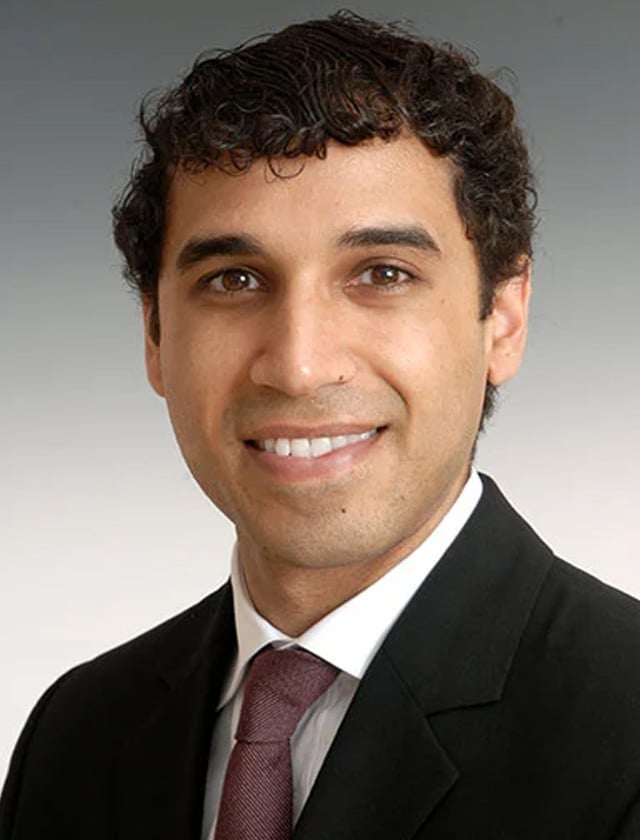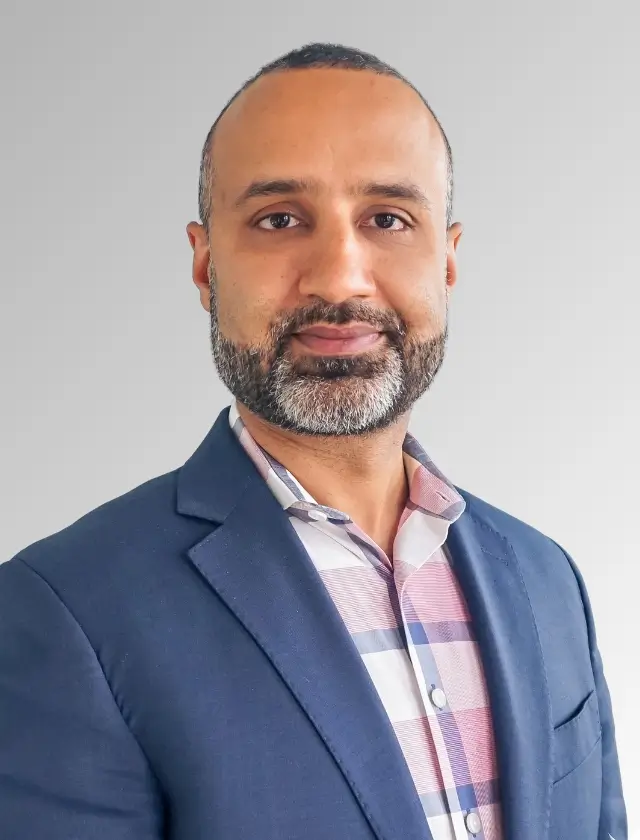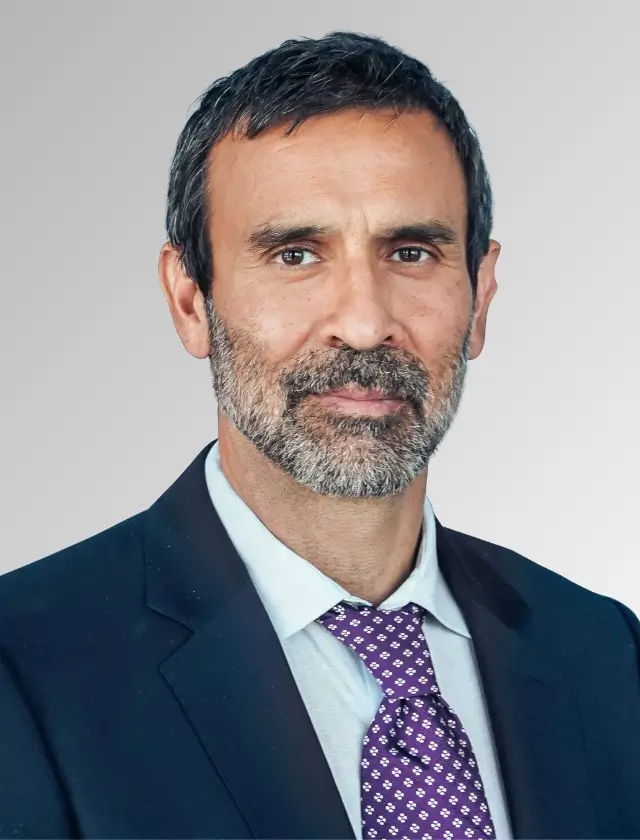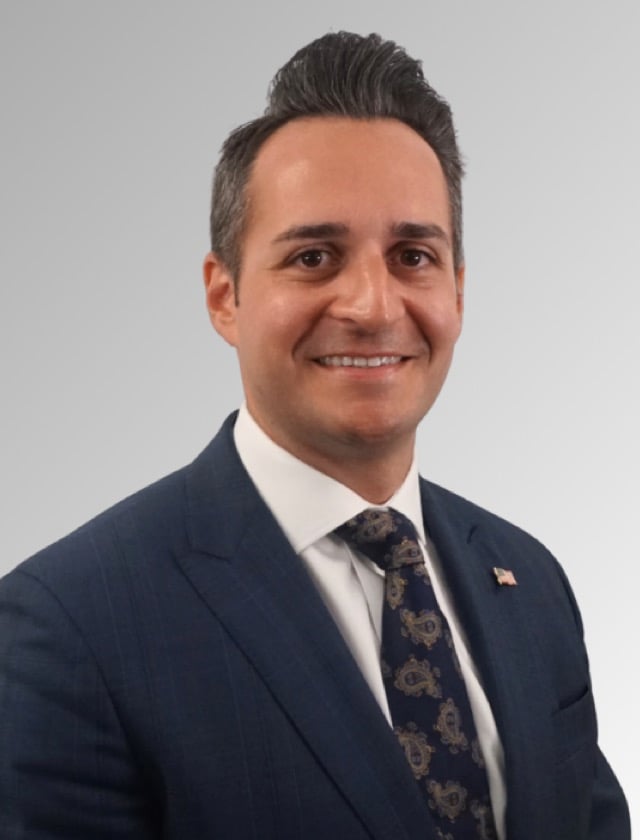Your nervous system is the command center for your body, communicating messages through to your muscles. When something interrupts your nervous system, it can disrupt the process through which your nerves send electrical signals to your muscles, leading to paralysis.
Limb paralysis is the loss of the ability to move some or all of the body. Paralysis is a nervous system condition that occurs when your nerves can no longer send signals to your muscles, preventing you from making voluntary muscle movements.
Paralysis can be temporary or permanent and may affect any part of the body. It can be partial, also known as paresis, which means you can control some muscles, or it can be complete, meaning you have no control over any muscles.
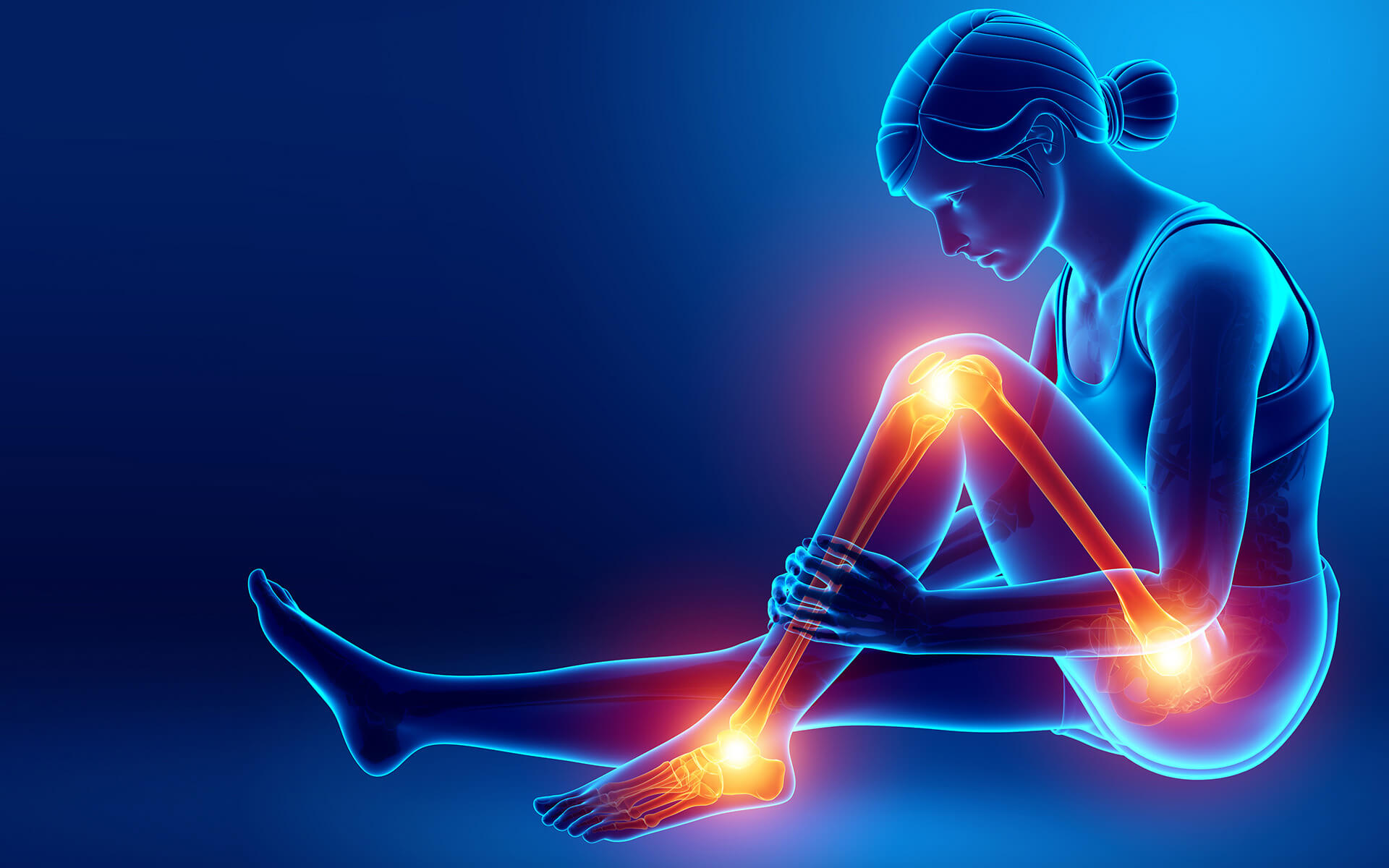
Understanding Limb Paralysis

What is Limb Paralysis
Symptoms
Limb paralysis symptoms vary depending on the type, location, and severity. The most common symptom is the loss of muscle function in the affected limb. Individuals may also experience:
- Numbness or pain
- Muscle weakness
- Visible muscle loss
- Stiffness
- Involuntary Spasms or twitches
Causes & Risk Factors
Some people are born with defects that can cause paralysis, such as spina bifida, while others experience limb paralysis after traumatic injury or medical conditions. Most paralysis cases result from:
- Strokes (the most common cause of paralysis, accounting for 29% of all cases).
- Spinal cord injuries from car accidents, falls, sporting injuries, and other traumas.
- Neurological diseases, such as amyotrophic lateral sclerosis
- Autoimmune diseases such as multiple sclerosis (MS) and Guillain-Barré syndrome.
- Brain injuries such as cerebral palsy
- Brachial plexus injuries (damage to the nerves at the top of the spine)
Diagnosing Limb Paralysis
Diagnosing limb paralysis can be straightforward, as loss of movement or function will be evident. Additional tests may be performed to determine the type of paralysis, including imaging tests such as X-Rays, CT scans, and MRIs.
Paralysis can be broken down into two types based on the way your nervous system interacts with your muscles.
- Flaccid Paralysis is a lack of movement that causes the affected muscles to shrink and become flabby.
- Spastic Paralysis is uncontrollable movements, such as tightened muscles and uncontrolled jerks and spasms.
Another way of categorizing paralysis is by its patterns in the body. Localized paralysis affects a small area of the body, most commonly the face, hands, feet, or vocal cords. Generalized paralysis affects a larger area, such as:
- Diplegia: occurs on the same area on both sides of the body, such as both arms or both legs
- Hemiplegia: affects the limbs on one side of the body
- Monoplegia: loss of movement in a single limb
- Paraplegia: affects both legs and may involve the torso
- Quadriplegia (Tetraplegia): involves all limbs and can impact the entire body from the neck down
Treating Paralysis
In conjunction with physical therapy, nerve surgery procedures may lead to a reversal of arm and hand paralysis for patients who suffered a spinal cord injury, or in some cases, for stroke patients.
Nerve Transplant Surgery (Nerve Graft)
Nerve transplant surgery, an approach used for brachial plexus nerve injuries, has been shown to be an effective limb paralysis treatment for stroke patients in reducing spasticity and improving motor function. Nerve transplant surgery can help patients who suffer from nerve plexuses in the legs or arms and may be recommended for patients who have no other treatment options.
Nerve Transfer
A nerve transfer is the relocation of functional nerves from one area of the body to the paralyzed limb to bypass the dysfunctional nerves and, in certain cases, restore some functionality. This procedure is most commonly used to help stroke patients reverse paralysis.
Nerve surgeries are typically done under general anesthesia and can take an hour or longer to complete, depending on the type and severity of your condition. In some cases, you may be required to stay overnight. Your doctor may clear you to return to normal activities within a few weeks. However, nerves take time to heal and grow at a rate of approximately one inch per month. It can take anywhere from six months to one year (or longer) for the nerves to heal. In the meantime, your surgeon may recommend physical therapy to help your joints and muscles regain function.
Our Doctors
Patient Stories
Find a Location
Insurance Information
The Institute for Advanced Reconstruction participates in a wide range of insurance plans, including those listed below. However, each physician has their own accepted insurance and hospital affiliations. Before scheduling an appointment, please contact your insurance carrier to confirm that your provider is in-network.
If we are not an in-network provider, our friendly insurance specialists will help you find the most coverage available for your treatment.
- Horizon Blue Cross Blue Shield of New Jersey
- Medicare
- Railroad Medicare
- Aetna
- Cigna
- United Healthcare
- Oxford (Freedom, Liberty)
- MagnaCare
Patient Resources
Visit our patient resource page for important forms and information about Graves’ disease treatments.
Am I a candidate for limb paralysis treatment
Schedule a consultation today and find out if advanced nerve surgeries are an option for your limb paralysis condition.


-1.jpeg)
